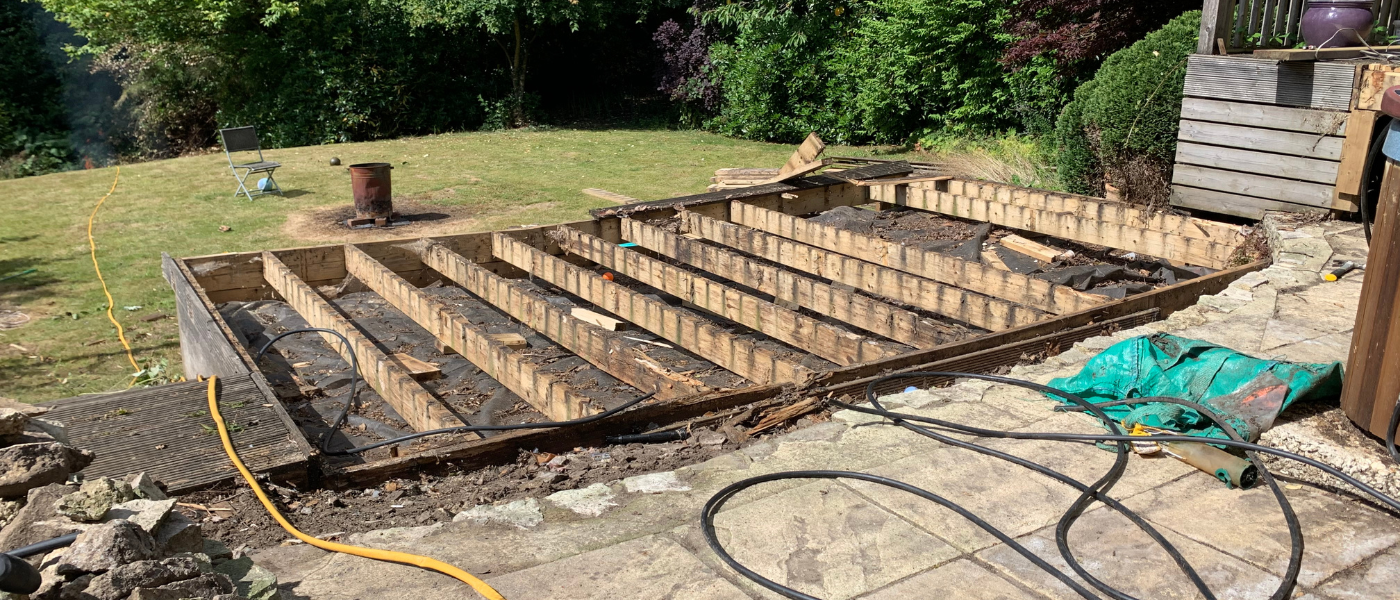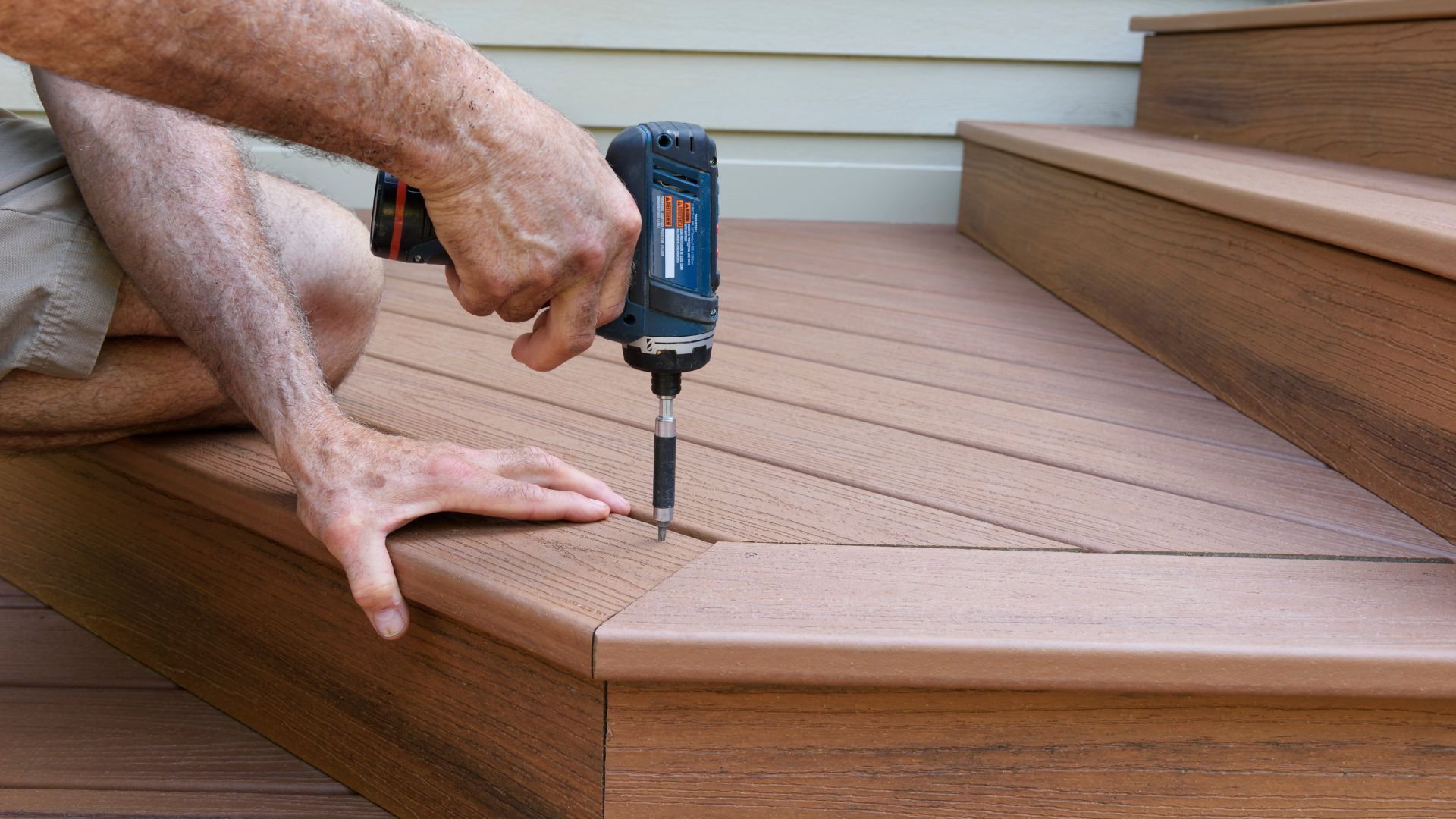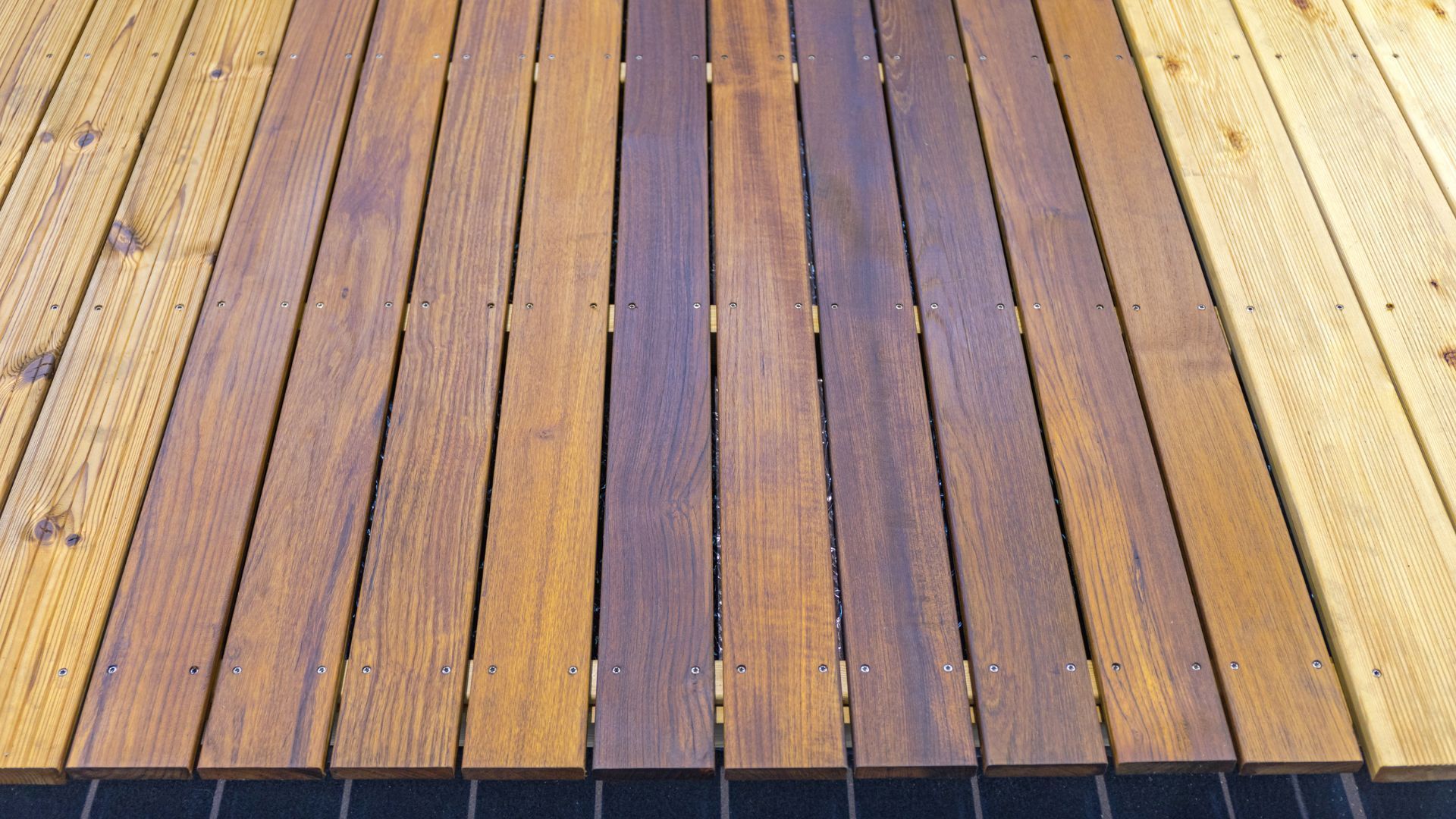How to Demolish and Remove a Deck
Whether it's due to wear and tear, a desire for a new design, or simply making room for something different, demolishing and removing an old deck is a task that many homeowners face. While the process can seem daunting, proper planning and execution can make it manageable, even for those with limited experience in DIY projects. However, it's essential to approach this task with caution and thorough preparation. Safety must be your top priority, and understanding the steps involved is crucial for a successful and efficient demolition. In this guide, we'll walk you through the critical stages of planning, executing, and cleaning up after a deck demolition, ensuring you have all the information needed to tackle this project confidently and safely. Whether you're preparing for a new deck or simply clearing space, our tips will help you navigate the demolition process smoothly.

1. Planning and Preparation:
The first and perhaps most crucial step in demolishing and removing a deck is thorough planning and preparation. Begin by obtaining any necessary permits from your local building authority, as regulations for such projects can vary by location. Next, it’s imperative to check for any hidden utility lines, such as gas, water, or electrical lines, that might be running beneath or near your deck. Ensuring that these are properly identified and marked can prevent dangerous accidents. Equally important is assembling the right tools for the job - sledgehammers, pry bars, saws, and safety equipment like gloves, goggles, and hard hats. Remember, good preparation lays the groundwork for a safe and efficient demolition process, helping to avoid unexpected complications and ensuring that everything goes smoothly from start to finish.
2. Clearing the Deck Area:
Before you start the physical work of demolishing your deck, it’s essential to clear the deck area. This involves removing all furniture, grills, planters, and any other items on or around the deck. Not only does this step prevent damage to your belongings, but it also creates a safe, unobstructed workspace. Additionally, consider the space around the deck. Removing or protecting nearby landscaping, lawn decorations, and garden equipment is crucial to avoid accidental damage during the demolition process. This clear-out also provides easier access for hauling debris and materials later on. A clean and organized work area not only ensures safety but also improves efficiency, allowing you to move freely and systematically as you dismantle the deck.
3. Safety Measures:
Prioritizing safety cannot be overstated when it comes to demolishing and removing a deck. Before you begin, equip yourself with the proper safety gear. This includes sturdy gloves to protect your hands from splinters and abrasions, safety goggles to shield your eyes from flying debris, and a hard hat to guard against any accidental falls or dropping materials. Additionally, if you're using power tools, ear protection is advisable. It's also important to wear heavy-duty boots with slip-resistant soles to provide stability and support. Be mindful of the potential presence of hazardous materials, especially in older decks, which might contain lead paint or treated wood that requires special handling. Always have a first aid kit accessible on site for any minor injuries, and never work alone - having a partner ensures that help is readily available in case of an emergency. These safety measures are crucial in preventing accidents and ensuring a safe working environment during the demolition process.
4. Dismantling the Deck:
The actual dismantling of your deck should be approached methodically to ensure safety and efficiency. Start by removing the railings and any attached stairs, as these are typically the less structurally significant parts. Next, move on to the deck boards. If you plan to reuse or donate the wood, carefully pry up each board with a crowbar, taking care not to split or damage them. For decks that are beyond salvage, cutting the boards into manageable pieces with a reciprocating saw can expedite the process. Once the boards are removed, you'll be left with the frame and support beams. These should be dismantled starting from the top and working your way down, always being aware of the structure's stability as you go. It's important to systematically dismantle the deck in sections, avoiding the temptation to knock down large portions at once, as this can be unsafe. Remember, the key to effective deck demolition is patience and a methodical approach, ensuring each step is completed with care and precision.
5. Disposing of the Debris:
Once your deck is successfully dismantled, the next crucial step is the proper disposal of debris. Depending on the amount and type of material, you may need to rent a dumpster or arrange for a waste removal service. It’s important to check with local regulations regarding the disposal of old decking materials, especially if they contain hazardous substances like treated wood or lead paint. Consider recycling options as well; many types of wood can be repurposed or recycled, reducing the environmental impact of your project. Additionally, some components of the deck, such as metal fasteners or hardware, can often be recycled separately. Ensure that the debris is sorted and disposed of responsibly. Proper disposal not only keeps your worksite clean and safe but also adheres to environmental guidelines and local laws, making it a crucial aspect of the deck removal process.
6. Checking and Preparing the Site:
After the deck has been fully demolished and the debris cleared away, it’s essential to conduct a thorough inspection of the site. This step is crucial for identifying any potential hazards, such as exposed nails, screws, or other sharp objects that may have been left behind. It also provides an opportunity to assess the condition of the ground where the deck once stood. Look for any uneven areas, holes, or damage that may need to be addressed, especially if you plan to build a new deck or repurpose the area. If there are remnants of the deck’s foundation or footings, decide whether they should be removed or can be incorporated into future projects. Preparing the site for its next use, whether it be for a new deck or a different landscaping project, involves ensuring the area is level, clean, and safe. This final step is key to successfully completing the demolition process and sets the stage for whatever new project awaits.
Conclusion
Demolishing and removing a deck is a substantial undertaking that, while achievable as a DIY project, carries significant risks, especially for those inexperienced in such work. The process involves more than just physical labor; it requires careful planning, adherence to safety protocols, and a keen understanding of structural integrity. Mishandling any part of this process can lead to accidents or injuries, not to mention potential damage to your property. If you're unsure about tackling this project on your own, or if safety concerns arise, it's wise to call in professionals. Our team of experienced deck specialists is equipped to handle the demolition and removal of your deck safely and efficiently, ensuring peace of mind and a clean, prepared site for your next project. Don't hesitate to reach out to us for a consultation; we’re here to help you transition smoothly and safely from your old deck to whatever new plans you have in store.
You might also like
Blog
Athens Deck Pro
"The Best Deck Builders in Georgia"




